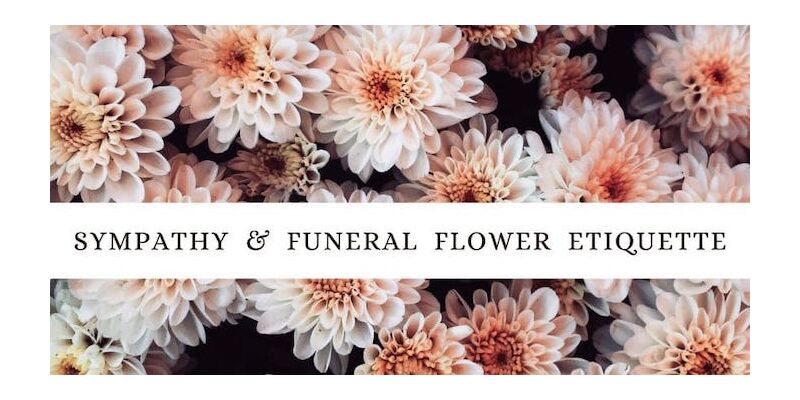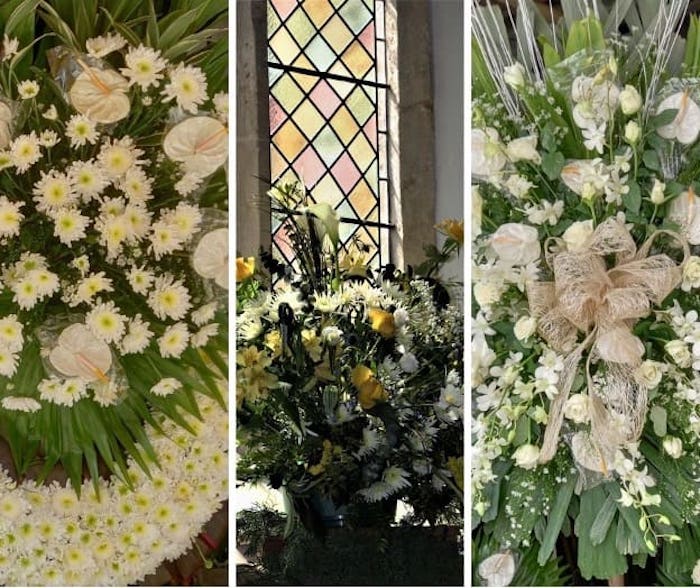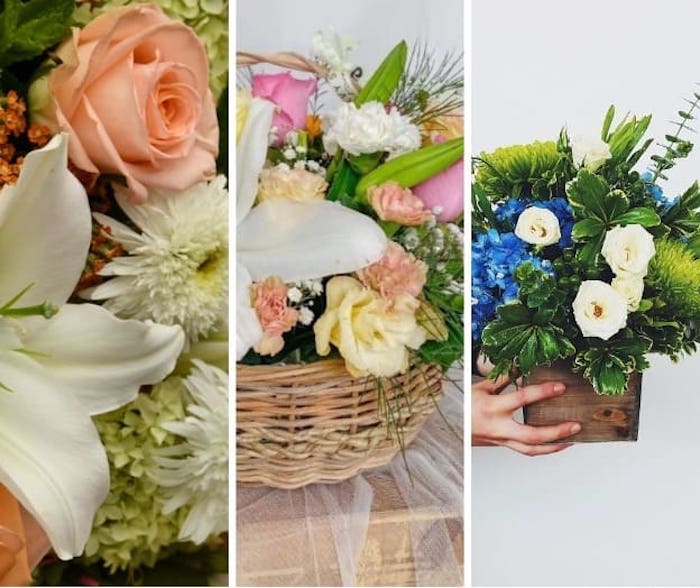4 Important Things to Consider When Sending Funeral and Sympathy Flowers

There is no one easy or effective way to help someone deal with loss. Grieving is a process with no timetable and what we can only do for someone who is grieving is to provide support. Such can come in many forms – a listening ear, a reassuring hug, an act of service, words of comfort, a floral gift. These can all help the bereaved feel that they are not alone in their grief. So, while it is true that there’s little you can do to make things better, don’t hesitate to reach out.
Sending funeral or sympathy flowers is one way to show that you care. Express sympathy through the language of flowers.

But before you do so, familiarize yourself first with the proper funeral and sympathy flower etiquettes so you can send a fitting tribute. Here are four of the most important things you must consider when sending funeral flowers or sympathy floral arrangements:
Your Reason
Why are you sending flowers? What is it that you want your floral gift to mean? Is there a message that you want your floral gift to communicate? The generic answer would be because you want to send your condolences and express your concern. Know, however, that different floral creations and different flower types mean different things.

Ever wondered about the difference between a funeral flower and a sympathy flower?
Funeral Flowers are arrangements that go straight to the church, cremation home, or memorial service. These are typically ordered by the immediate family, relatives, and close friends of the deceased. Casket arrangements, floral wreaths, crosses, and standing sprays are examples of funeral flowers. Funeral flowers are primarily meant to provide beauty and ambiance to a solemn and somber occasion. These large funeral floral arrangements can also be symbolic tributes to the deceased.
Sympathy Flowers, on the other hand, are addressed to the bereaved family’s home. Flowers in vase or a basket, foliage arrangements, small floral arrangements, and potted plants are examples of sympathy flowers. Sympathy flowers are meant to deliver your message of sympathy, care, and concern. These are blooms that can somehow help console the family the deceased left behind. The intention is to “cheer up” the recipient however impossible that may sound. Sympathy flowers can help remind those who are grieving that their departed loved one is missed, that they are never alone, and that there is hope.
Your Relationship
When deciding on which floral arrangement to send, think of your relationship with the deceased and the bereaved family. If you are a close friend or family member, you can choose a floral tribute that celebrates the deceased’s life, personality, or passions. This could mean choosing a brighter or colorful floral arrangement to represent a joyful life lived. It’s still best, though, to communicate directly with the family member planning the funeral to see what’s appropriate.

If you worked with the deceased, you could send a smaller floral arrangement to leave the larger bouquets to close family and friends. Alternatively, you could send a larger and elaborate funeral arrangement as a tribute from a team or the entire workplace.
If you are a distant relative, a casual friend, or an acquaintance of the deceased or the bereaved, you can still express your sympathy even if you haven’t spoken to the deceased or his/her family in a long time. Opt for simpler, monochromatic floral arrangements or traditional sympathy flowers.
Your Message
Flowers have a unique language. They can communicate a message through their color, charm, and natural beauty. What do you want your floral gift to say? What emotion would you like for it to evoke?
White floral arrangements are common for funerals and when expressing sympathy because white symbolizes rebirth, renewal, purity, pure love, and eternal life. However, this doesn’t mean that you can’t send a colorful floral arrangement. A vivid and bright floral ensemble can be a fitting tribute to a well-lived life. Most florists use color sparingly, though, for funeral and sympathy flower arrangements. You will usually find bouquets and arrangements with two to three hues blended tastefully together.

Don’t hesitate to be more personal and thoughtful in expressing your condolences. Even though mourning is a time when words don’t come easily, try your best still to include a brief message to accompany the sympathy flowers. Here are some short and simple messages that you can write on the card:
· You’re in my thoughts. I’m here if you need me.
· Praying for you for comfort. I hope you feel surrounded by love.
· Sharing in your sadness as you remember(name).
· We are keeping you in our thoughts and prayers.
You can also be a bit more specific by sharing a fond memory of the deceased. You can likewise offer help but be more intentional and say specifically what you’re willing to help with like housework, yard work, childcare, or errands.
Their Faith
Also consider the religious beliefs of the deceased or the deceased’s family. This is important especially when you’re sending funeral flowers.

The inclusion of floral arrangements may vary depending on specific religious practices and funeral traditions. Here is a quick guide to help you choose the more appropriate sympathy and funeral floral ensemble:
· Roman Catholic Funeral: somber floral arrangements, cross-shaped flowers, donation in the deceased’s name to his/her chosen charity; common flowers used are lilies, roses, chrysanthemums, carnations
· Protestant Funeral: flowers with card to the funeral home, sympathy flowers or a meal to the deceased family’s home, donation to a specified charity
· Orthodox Funeral: white flowers, plants, large cross standing floral arrangements, circular wreaths
· Jewish Funeral: gift baskets or fruit baskets and charitable donations are more fitting than flowers
· Buddhist Funeral: white or yellow flowers (avoid red flowers); common flowers given are lilies, lotuses, orchids and chrysanthemums
· Hindu Funeral: flower garlands are placed on the deceased’s body by the family, avoid bringing flowers with you to the funeral, flowers are to be sent before the service,
· Latter-Day Saints Funeral: flowers meaningful to the deceased (avoid cross-shaped floral arrangements)
